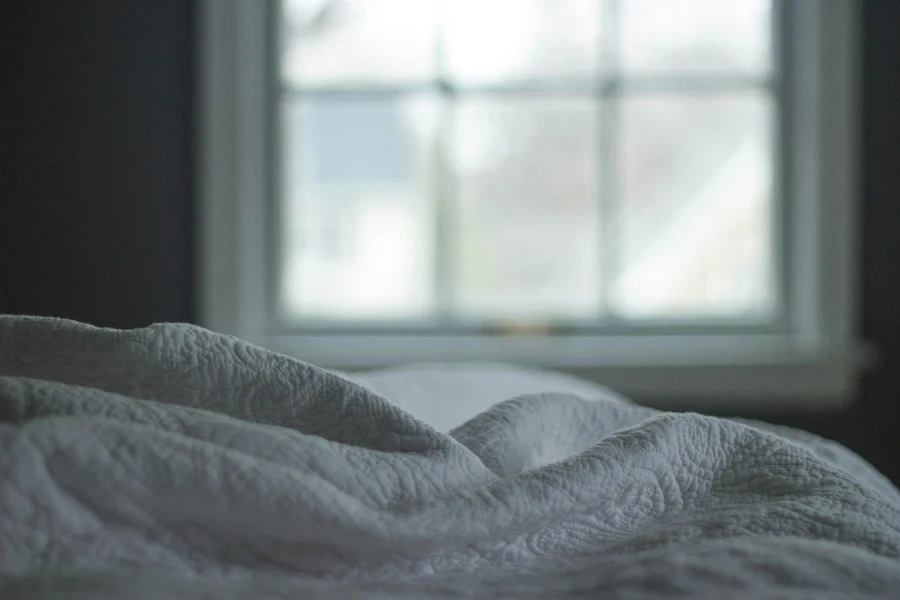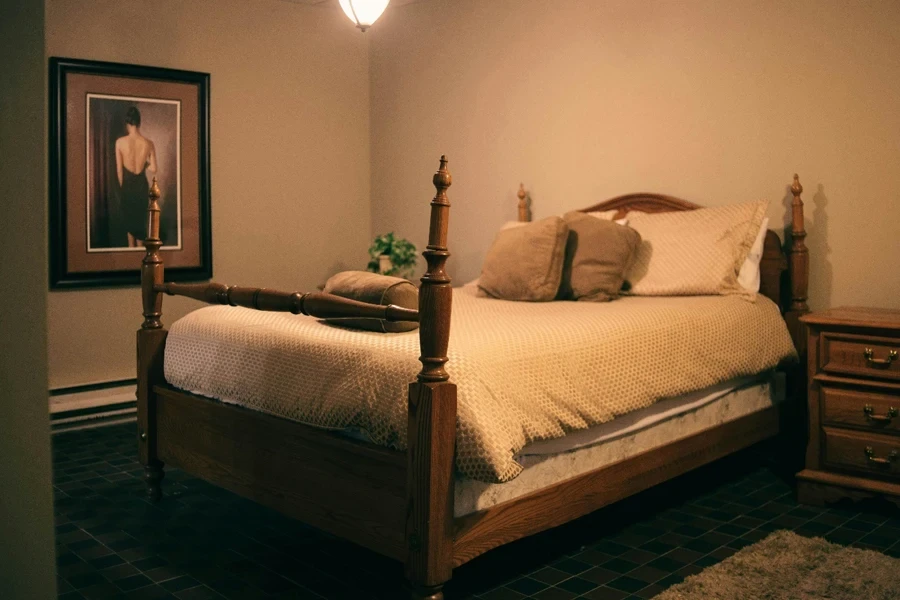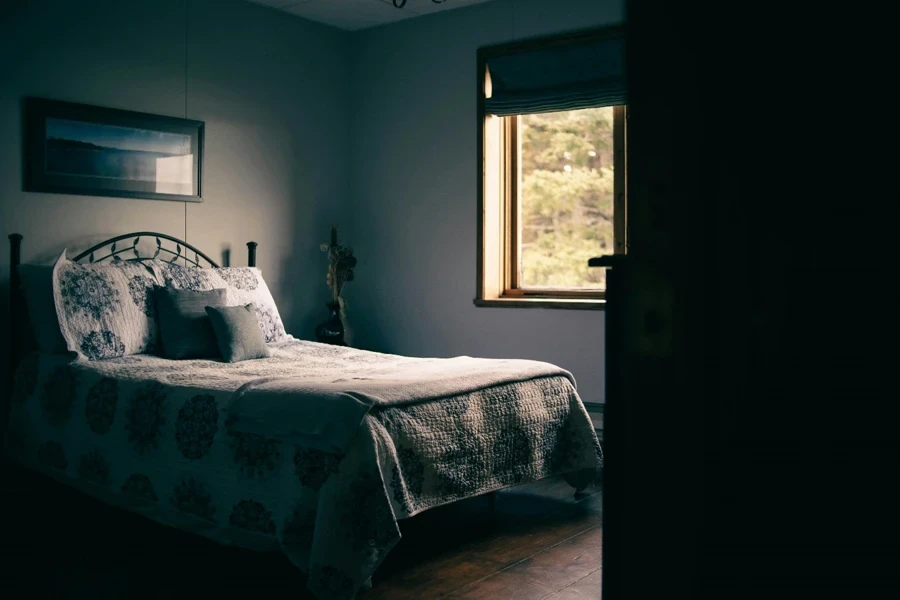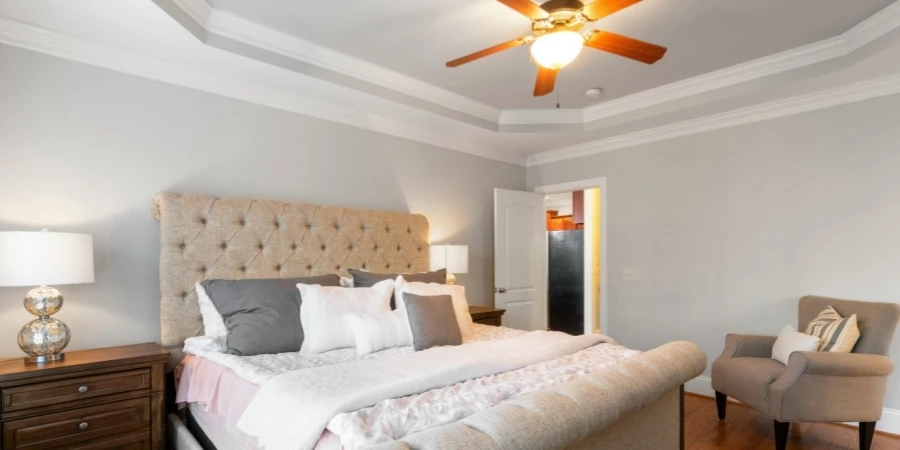Quilt sets play a vital role in the bedding industry, combining comfort, style, and functionality to create the ideal sleep environment. Understanding current market trends, including the growing demand for sustainable and hypoallergenic materials, is essential for retailers and professional buyers to make informed purchasing decisions. The right quilt set not only enhances the aesthetics of any bedroom but also meets diverse consumer preferences for warmth and comfort. This article explores the latest market dynamics, different quilt set types, and key factors to consider when selecting products. By aligning with consumer trends, businesses can maximize their appeal and product offerings.
Table of Contents
● The expanding quilt set market: trends and growth factors
● Unveiling different quilt set types and their standout features
● Key factors to consider when choosing your perfect quilt set
● Conclusion
The expanding quilt set market: trends and growth factors

Market size and growth
The global quilt set market is seeing steady growth, driven by evolving consumer preferences and a surge in home decor trends. According to Future Market Insights, the home bedding market, which includes quilt sets, was valued at US$ 102.91 billion in 2023 and is projected to reach US$ 212.10 billion by 2033, growing at a CAGR of 7.5%. This upward trend reflects the increasing demand for high-quality bedding products, especially as consumers continue to prioritize comfort and aesthetics in their living spaces. Quilt sets, with their versatile design and functional appeal, play a crucial role in this growth, capturing significant market share across various regions.
Factors driving demand
Several factors are driving the demand for quilt sets globally. Urbanization and the rise in home renovation activities have boosted the need for aesthetically appealing and functional bedding solutions. The expansion of e-commerce platforms has further fueled this demand by making quilt sets more accessible to a broader range of consumers. Additionally, the shift towards sustainable and eco-friendly materials like cotton and linen is reshaping the market. As consumers become more conscious of their environmental impact, quilt sets made from hypoallergenic and natural fibers are gaining traction, particularly among buyers looking for comfort paired with sustainability.
Key regions of growth
North America and Asia-Pacific are the leading regions in the quilt set market. North America, with its high consumer spending and demand for luxury bedding, continues to dominate the market. Meanwhile, Asia-Pacific holds the largest market share, driven by countries like China and India, where traditional textile manufacturing and growing disposable incomes are key growth drivers. According to Future Market Insights, Asia-Pacific accounted for 37.20% of the home bedding market in 2022, and this region’s influence is expected to grow as consumer preferences for premium bedding rise.
Unveiling different quilt set types and their standout features

Cotton quilt sets
Cotton quilt sets are known for their natural fiber composition, which offers excellent breathability and moisture-wicking properties. High-quality cotton quilts often use long-staple cotton fibers such as Egyptian or Pima cotton, which contribute to the quilt’s durability and softness. These quilts are woven with varying thread counts, typically ranging from 200 to 600, where higher thread counts result in a smoother, denser fabric. Cotton quilts are ideal for maintaining consistent temperature regulation, as the material allows for airflow, making them suitable for both warm and cool climates. Their hypoallergenic nature is also a key feature, preventing the buildup of allergens like dust mites, which is particularly beneficial for sensitive users.
Down and feather quilt sets
Down and feather quilt sets are engineered for superior insulation, thanks to their high fill power, typically ranging from 500 to 900. Fill power measures the loft or fluffiness of down, with higher numbers indicating greater insulation and lightness. Quilts with a fill power of 700 or above are designed for extremely cold climates, providing excellent warmth without excessive weight. The baffle box construction used in many down quilts helps to maintain an even distribution of down, preventing it from clumping and ensuring uniform warmth. Additionally, the down-proof fabric used in these quilts prevents feathers from escaping, ensuring durability and longevity. Ethical sourcing is becoming increasingly important, and many down quilt sets now come with certifications ensuring humane practices in feather harvesting.
Microfiber quilt sets
Microfiber quilt sets offer a practical solution for those seeking affordable and low-maintenance bedding. These quilts are made from ultrafine synthetic fibers, typically polyester, with a denier rating below 1, meaning the fibers are extremely thin. This structure gives microfiber quilts their smooth, lightweight feel while offering high tensile strength, making them resistant to tearing and stretching. Microfiber’s tight weave also provides increased resistance to dust mites and allergens, making it a popular choice for households with allergy concerns. Additionally, microfiber quilts are often brushed during manufacturing to enhance softness, mimicking the feel of natural fibers while retaining the easy-care properties of synthetics.
Block print and embroidered quilt sets
Quilt sets featuring block prints and embroidery are valued for their craftsmanship and unique designs. The production of block-printed quilts often involves hand-carved wooden blocks, used to apply intricate designs in multiple stages, ensuring precision and depth in patterns. These quilts may incorporate multiple layers of cotton voile or other natural fibers, providing both visual appeal and lightweight comfort. Embroidered quilts, on the other hand, often feature hand-stitching techniques that create raised patterns, adding texture and depth. Quilts with satin stitching or Kantha embroidery are especially popular, enhancing both aesthetic appeal and durability. Such quilts are ideal for consumers looking for artisanal and one-of-a-kind bedding.
Seasonal and all-season quilt sets
The GSM (grams per square meter) of quilt sets plays a critical role in determining their weight and warmth. Quilts with a GSM of 150 to 250 are typically lightweight, suitable for summer months, while quilts with a GSM above 500 provide substantial warmth for winter use. For all-season quilts, manufacturers often aim for a GSM between 300 and 400, balancing warmth without overheating. These quilts often feature thermoregulatory fabrics such as Tencel or moisture-wicking cotton to adapt to varying temperatures. Additionally, dual-fill technology—where one side of the quilt offers more insulation than the other—provides versatility, allowing the user to flip the quilt based on seasonal needs.
Key factors to consider when choosing your perfect quilt set

Warmth rating and GSM
When selecting a quilt set, understanding the warmth rating and GSM (grams per square meter) is essential. The GSM of a quilt directly impacts its weight and insulation capacity, with higher GSM values providing more warmth. Quilts with a GSM of 150 to 250 are lightweight, making them ideal for summer use or warmer climates. For winter, a GSM above 500 offers substantial insulation, ensuring comfort in colder environments. All-season quilts typically fall between 300 and 400 GSM, providing balanced warmth for year-round use. It’s important to consider the climate and the user’s personal warmth needs when selecting the appropriate GSM, ensuring that the quilt meets seasonal requirements without causing overheating or discomfort.
Fabric choices
The choice of fabric plays a significant role in determining the comfort, durability, and care of a quilt set. Cotton quilts, known for their breathability and softness, are hypoallergenic and suitable for all climates, making them a popular choice for sensitive users. Wool quilts, on the other hand, provide excellent insulation and are ideal for cold sleepers due to their natural heat-retaining properties, though they can be heavier. Microfiber quilts offer an affordable, lightweight alternative, with synthetic fibers that resist allergens and are easy to maintain. For those seeking luxury and maximum warmth, down and feather quilts offer unparalleled comfort, though they require careful sourcing to ensure ethical practices. Each fabric type has its unique properties, so the selection depends on the user’s needs regarding comfort, warmth, and maintenance.
Loft and thickness
The loft of a quilt refers to its thickness or fluffiness, which plays a crucial role in how warm and cozy the quilt feels. High-loft quilts, such as down-filled options, trap more air between their layers, providing superior insulation and a plush, cloud-like feel. Low-loft quilts, such as those made of cotton or microfiber, are typically thinner but may still provide adequate warmth depending on the GSM and layering. For cold sleepers or those in extreme climates, high-loft, thick quilts offer the best insulation, while warm sleepers may prefer quilts with low loft that offer breathability and prevent overheating. Choosing the right loft is a balance between the desired level of warmth and personal sleeping preferences.
Size considerations
Choosing the right size for a quilt set is key to ensuring adequate coverage and comfort. It is generally recommended to select a quilt that is one size larger than the bed to allow for proper draping over the sides and foot of the bed, preventing any drafts during the night. For example, those with a queen-size bed might opt for a king-size quilt to ensure full coverage. When sharing a bed, larger quilts provide more space for each sleeper, reducing disturbances. In addition to size, the quilt should complement the dimensions of the bed without being too large or too small, which could affect both the aesthetic and functional use.
Design and aesthetics

The design of a quilt set is more than just about warmth—it plays a pivotal role in enhancing the overall aesthetic of the bedroom. Quilt sets come in various styles, including block prints, solid colors, and intricate embroidery, allowing consumers to choose based on their bedroom’s decor. For modern, minimalist spaces, solid-colored quilts in neutral hues provide a clean and sophisticated look. For a more vibrant or culturally rich aesthetic, block-printed quilts, particularly those from Jaipur, offer intricate patterns and a touch of craftsmanship. Embroidered quilts add an element of luxury, creating a focal point in the bedroom. Matching the design of the quilt with other bedroom elements, such as curtains or throws, can create a cohesive and visually appealing environment.
Care and maintenance
Proper care and maintenance are crucial to extending the lifespan of a quilt set, particularly for high-quality fabrics. Quilts made from natural fibers like cotton and wool often require more delicate care, with many recommending dry cleaning over machine washing to prevent shrinking or damage. Quilts should be aired out regularly to prevent dust mite buildup and to maintain freshness, but exposure to direct sunlight should be avoided as it can fade colors and damage fibers. For long-term storage, quilts should be stored in breathable cotton bags in a cool, dry place to prevent moisture damage. Following these care instructions helps maintain the quilt’s appearance and functional integrity over time.
Conclusion

Selecting the right quilt set is essential for balancing comfort, warmth, and design, ensuring it meets both personal preferences and climate requirements. By considering factors such as warmth rating, fabric choice, and aesthetic appeal, buyers can offer products that align with consumer demand while enhancing bedroom décor. Understanding the technical details of quilt construction, such as GSM and loft, further ensures that the chosen quilt provides the ideal balance of function and style. For businesses, offering a diverse range of quilt sets catered to varying customer needs will maximize appeal and product differentiation in a competitive market.




